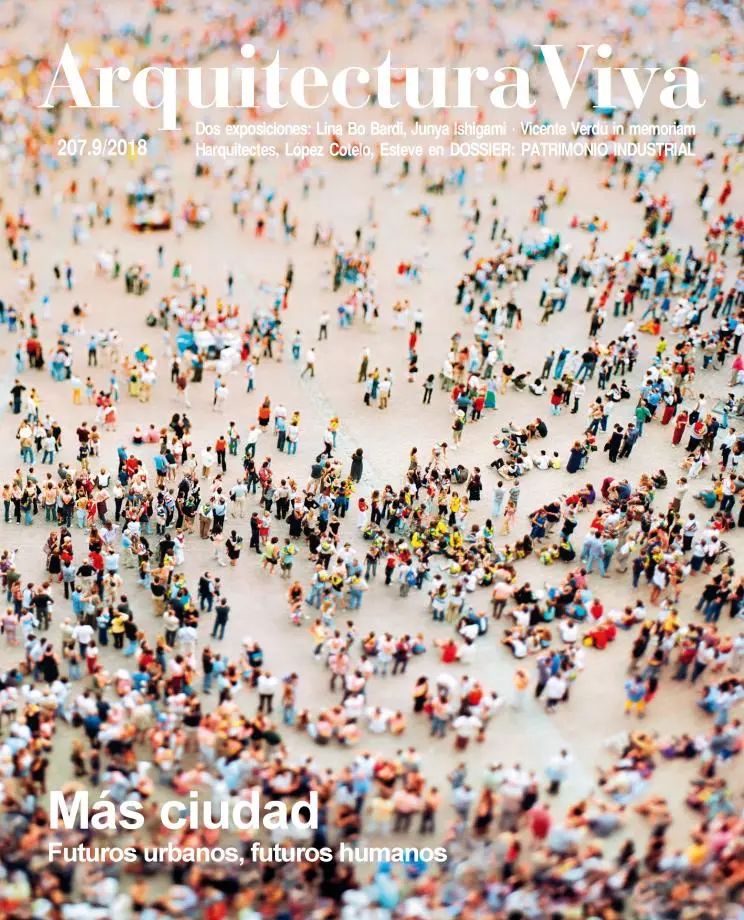
We are witnessing an unprecedented urbanization process. A UN report says that in 2050, two-thirds of humanity will be living in cities. So it’s crucial that we develop instruments for building the cities of the future.
The architects Benoît Jallon and Umberto Napolitano began to research on the urbanism of the Paris of Haussmann. The resulting book, catalog of an exhibition, presents the process of analysis and classification they carried out, covering everything from streets, blocks, and buildings to stylistic components, in a work that seeks to decipher the keys to the success of the Haussmannian model and appraise its continued validity in addressing the challenges of the contemporary city.
The focus is on the compactness of the urban fabric. A clear-cut play of solids and voids results in an unreplicable fractal scheme. Through exhaustive typological and morphological analysis the study presents the extraordinary resilience of the Haussmannian type: the reversibility and flexibility of the blocks and buildings thanks to repetition, the indefinition of structures, free heights, and the position and size of windows, which make the urban system able to react to changes in physical, social, and economic contexts without losing its basic structure. Paris’s urban identity is examined, based on strict segregation of street ‘theater’ from courtyard ‘backstage,’ near-obsessive repetition of the model, and constant interaction between facade and public space. Good writing and illustrations make an urban planning atlas of note.






